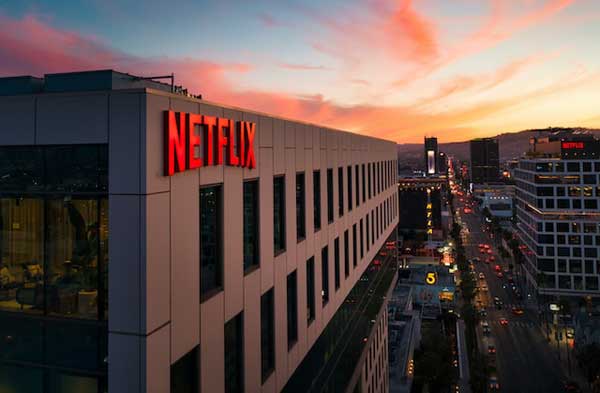Netflix began as a DVD rental service in 1997 and has since grown into one of the world’s largest streaming media companies. The company’s transition from mailing out DVDs to offering on-demand video streaming is an impressive evolution. This article will explore how Netflix started, major milestones in its growth, and innovations that propelled its incredible success.

Humble Beginnings: Idea Origins and Launching the DVD Rental Service
The idea for Netflix emerged in 1997 when co-founder Reed Hastings was charged a $40 late fee for returning a rental DVD of Apollo 13 late. This made Hastings realize there could be a market for a movie rental business that didn’t charge late fees.
Hastings teamed up with software engineer Marc Randolph, who had expertise in direct mail order businesses. Together they came up with the idea for a DVD-by-mail rental service. After securing $2.5 million in startup funds, Netflix officially launched in April 1998 as the world’s first online DVD rental store.
The initial pay-per-rental model proved unpopular, so in 1999 Netflix switched to a monthly subscription service. For a flat monthly fee, customers could rent unlimited DVDs without due dates, late fees, or per-title rental fees. The new model was a huge hit, with 80% of trial users converting to paid subscribers.
Surviving Early Challenges: 911 Attacks and Competition
Despite early growth, Netflix faced challenges in the early 2000s. The dot-com bubble burst and 2001 911 attacks caused an economic downturn that forced Netflix to lay off a third of its staff.
However, falling DVD player prices helped boost Netflix’s subscriber base. By 2002, Netflix had 670,000 subscribers and was shipping 190,000 DVDs per day. The company went public on the NASDAQ that year, raising over $80 million.
Blockbuster emerged as a top competitor in 2004, launching its own DVD-by-mail service. But Netflix continued expanding its selection, offering 35,000 titles by 2005 and shipping 1 million DVDs daily.

Pivoting to Streaming: Tech Advances Enable New Model
Netflix had considered online movie streaming in the early 2000s, but internet speeds were too slow. As broadband expanded in 2005, Netflix saw streaming as viable and worked on “Netflix Box” prototype for downloading movies overnight.
When YouTube proved popular despite low-quality video, Netflix shifted to focus on high-definition streaming. The company partnered with consumer electronics firms to bring streaming capabilities to devices like game consoles.
After years of development, Netflix finally launched its streaming service in 2007. This marked the beginning of a major business model shift for Netflix. DVD rental shipments peaked in 2006 and slowly declined as streaming grew.
International Expansion and Original Content
Netflix began its international expansion in 2010 by launching in Canada. More countries quickly followed. To further attract subscribers, Netflix started producing its own exclusive content.
House of Cards, Netflix’s first original series, debuted in 2013. More acclaimed Originals like Stranger Things followed. Netflix released over 1,500 hours of original programming in 2018 alone.

Continued Growth: 137 Million Global Subscribers
Today, Netflix has over 137 million paid memberships worldwide. The company is worth over $116 billion as of late 2018. Netflix’s transition from DVD rentals to global streaming media leader is an inspirational story of strategic pivoting, technological adaptation, and commitment to customer experience.
Conclusion
Netflix demonstrated remarkable resilience and innovation in going from a fledgling DVD rental service to global streaming giant. Key moves like ditching per-rental fees, expanding internationally, and developing original content enabled Netflix to thrive despite early challenges. As technology evolves, Netflix will likely continue adapting and introducing new ways to deliver digital entertainment.
